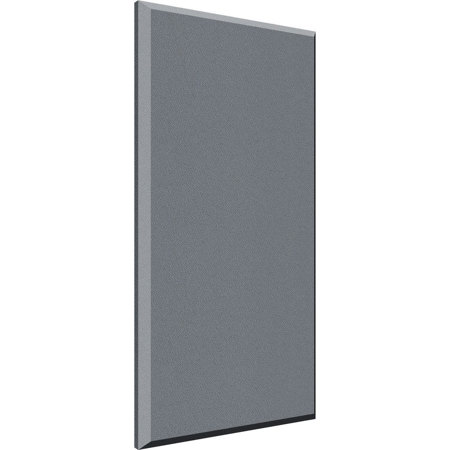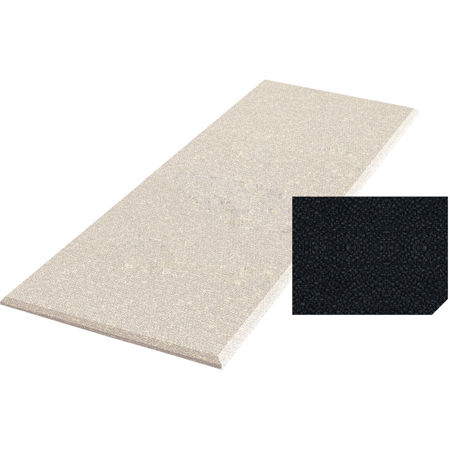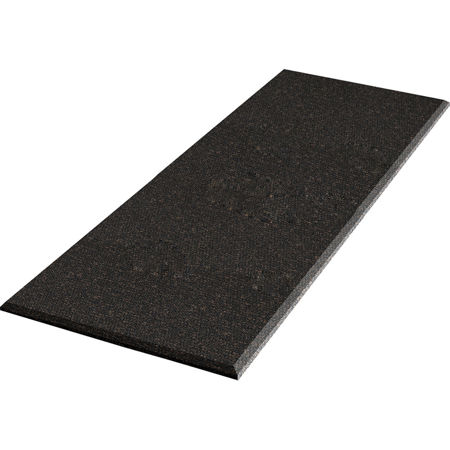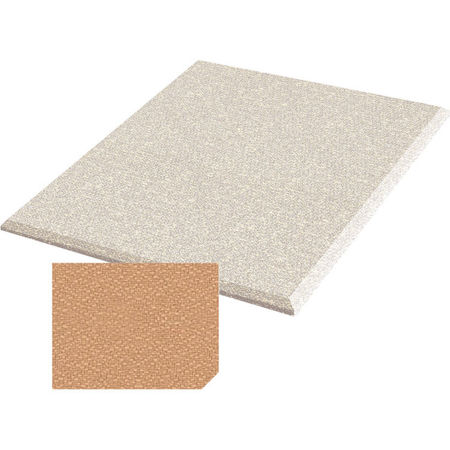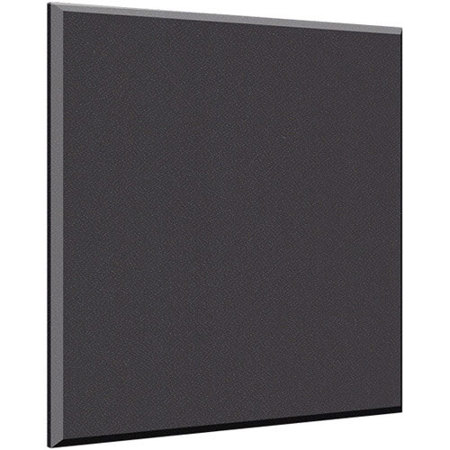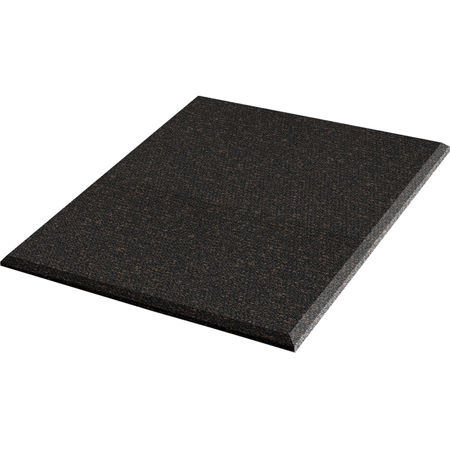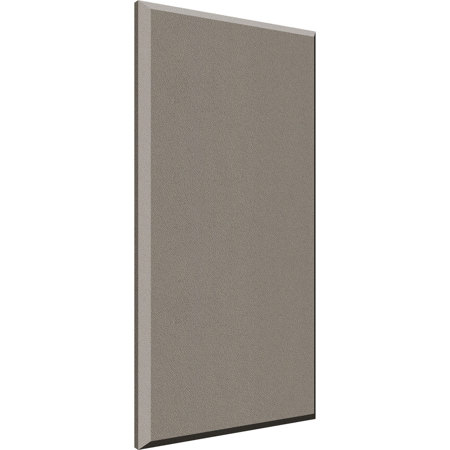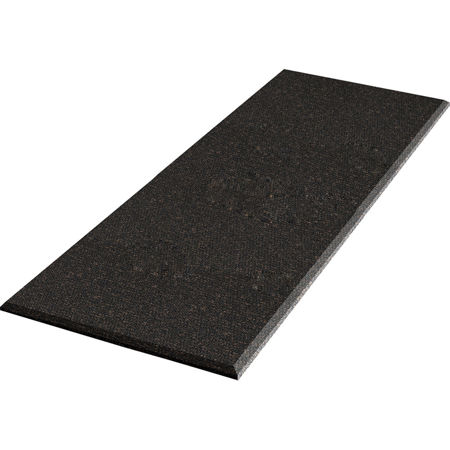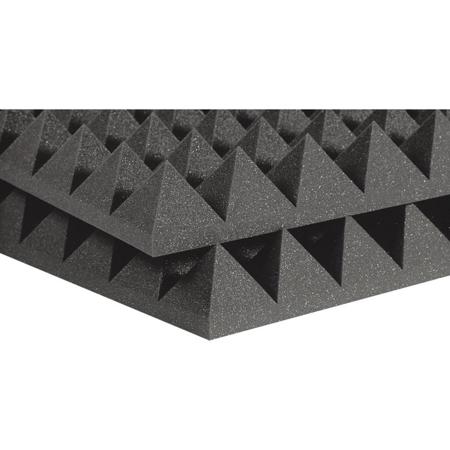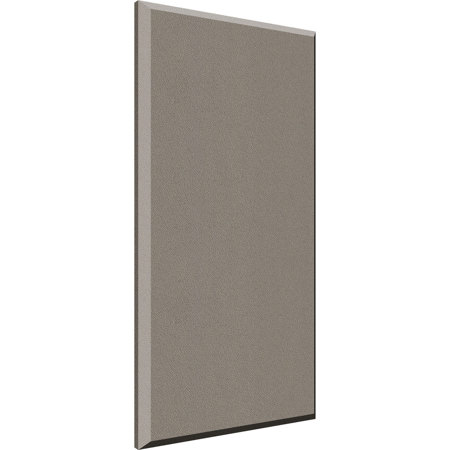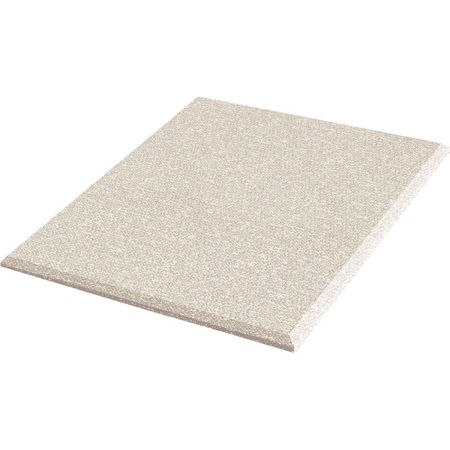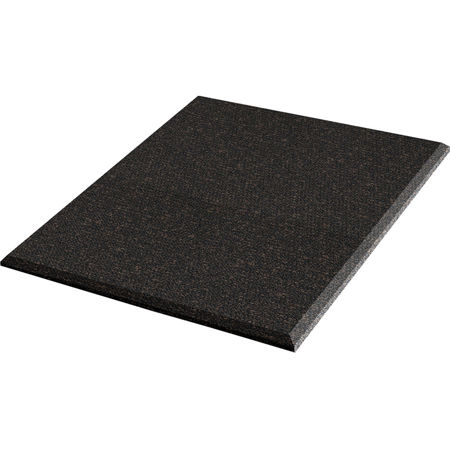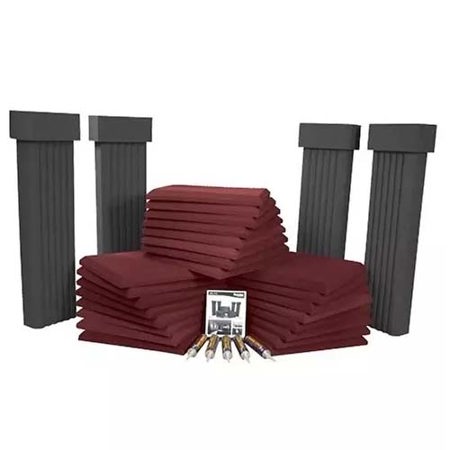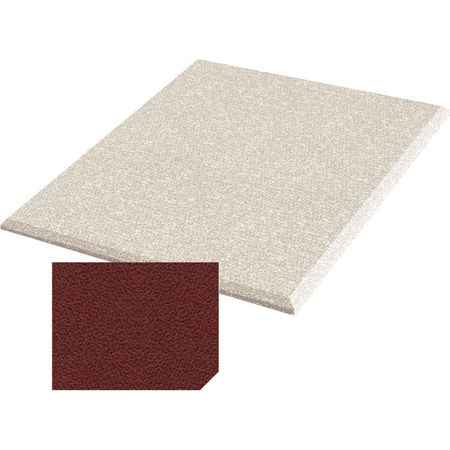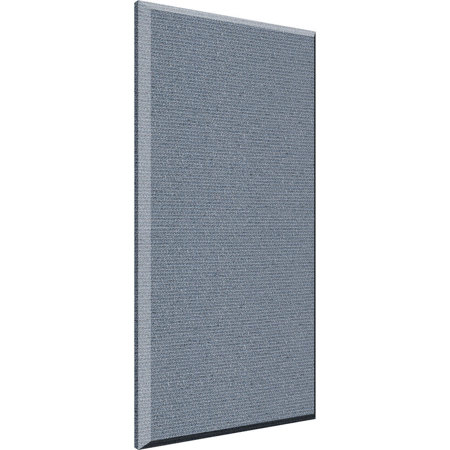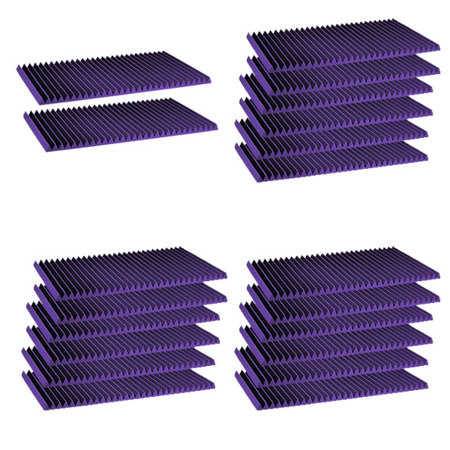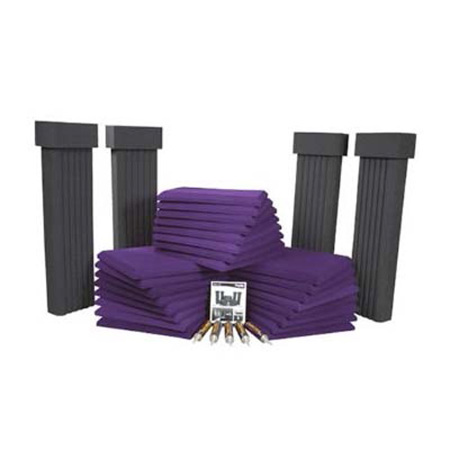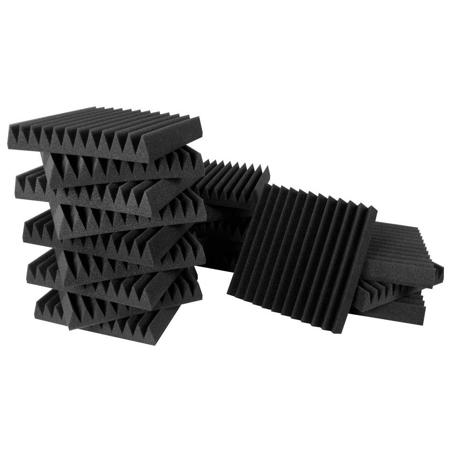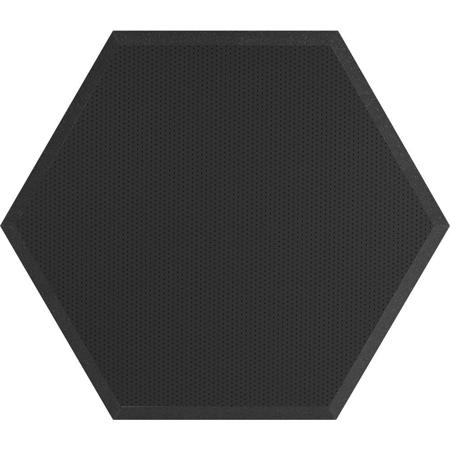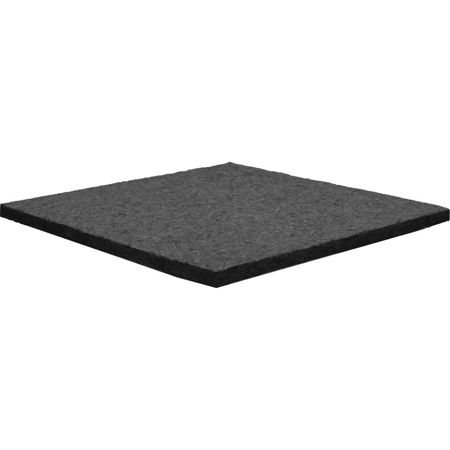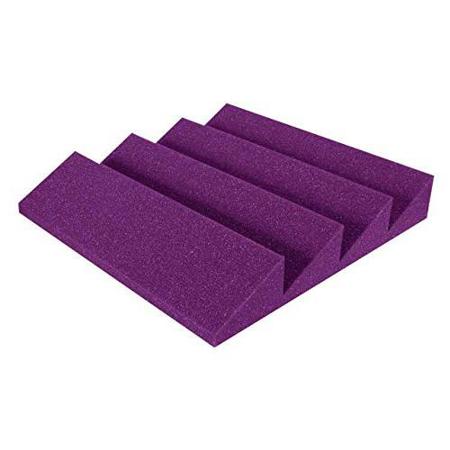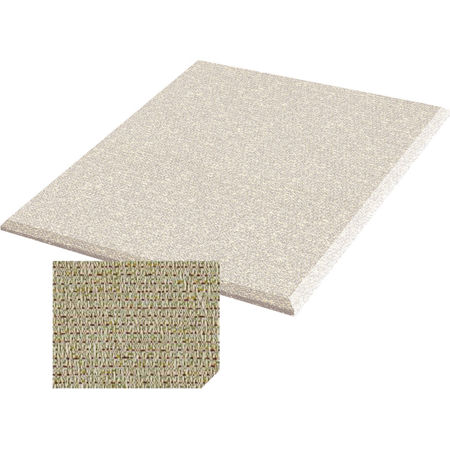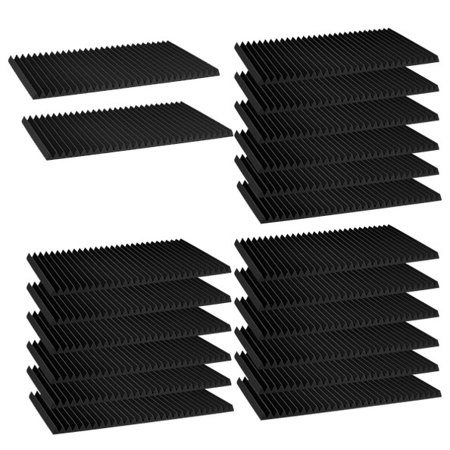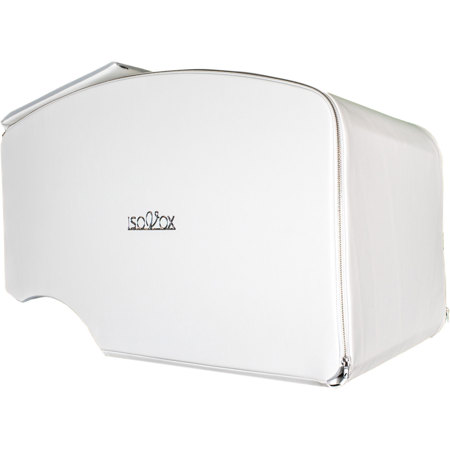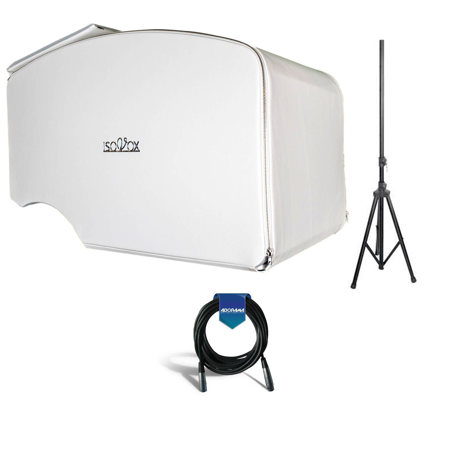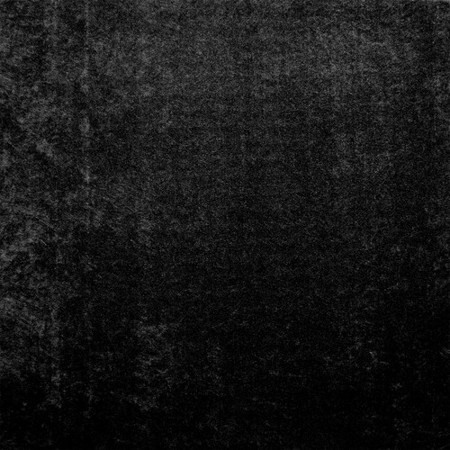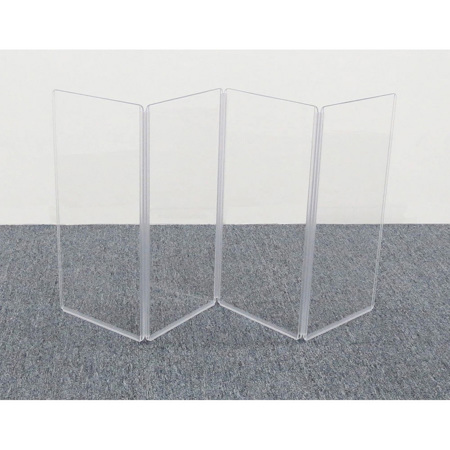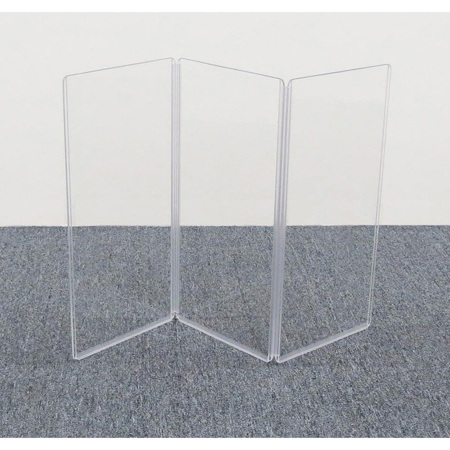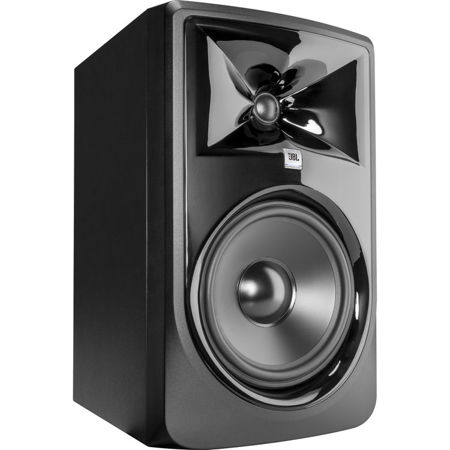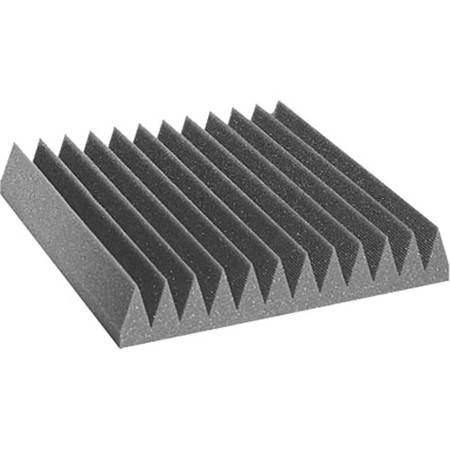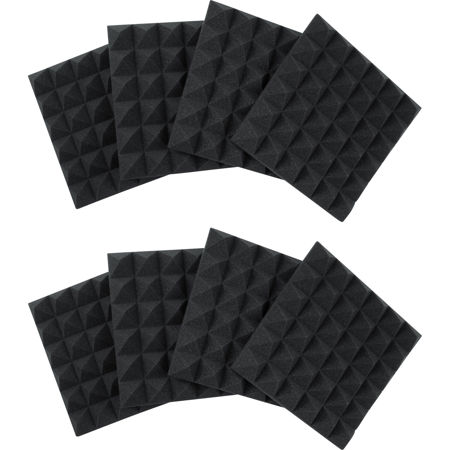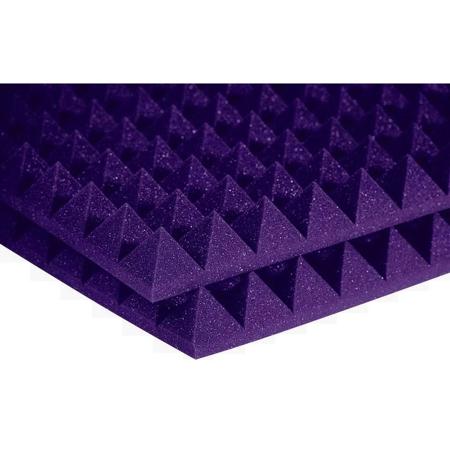Acoustic Foam For Filmmaker's Week
As the days grow shorter and the crisp air of September settles in, many filmmakers find themselves returning to indoor sets, studios, and home production spaces. This seasonal shift often brings renewed attention to the quality of audio in film projects, where every subtle echo or background noise can mean the difference between an immersive experience and a distracting one. Acoustic foam becomes an essential tool in these environments, helping to create the controlled, professional sound that audiences expect. Whether you’re a seasoned director, an independent creator, or someone just beginning to explore the world of filmmaking, the right acoustic treatment can transform any room—be it a spare bedroom, a bustling production studio, or a makeshift editing suite—into a space where sound is captured with clarity and precision.
Acoustic foam is valued not just for its technical benefits, but for the creative freedom it offers. When unwanted reverberations are tamed and the room’s natural acoustics are balanced, filmmakers and audio engineers can focus on the nuances of performance and dialogue without worrying about post-production fixes. These panels and tiles are designed to absorb mid- and high-frequency sounds, reducing flutter echoes and standing waves that often plague untreated rooms. Whether you’re recording voiceovers, capturing foley effects, or simply seeking a quieter environment for editing, acoustic foam provides an immediate, tangible improvement. It’s a thoughtful gift for a film student setting up their first home studio, a podcast host seeking to upgrade their recording space, or a content creator who wants to deliver more polished videos. Many professionals recall the moment they first installed acoustic foam—how the room seemed to hush, and the details of every sound became clearer. It’s an upgrade that’s instantly noticeable, and one that continues to pay dividends with every project.
When considering which type of acoustic foam to choose, it’s important to think about the specific needs of your space and workflow. Some rooms benefit from thicker panels for deeper sound absorption, while others require sculpted tiles to scatter and diffuse sound more evenly. Placement matters just as much as product selection—corners, ceilings, and wall junctions are often overlooked but critical for taming low-frequency buildup and echoes. For those working in shared spaces or temporary setups, lightweight and portable options make it easy to adapt as your needs change. The variety of styles, colors, and installation methods also means you can find solutions that complement your creative environment rather than detract from it. For a comprehensive look at the options available, explore the curated selection of Acoustic Foam Panels to find the right fit for your next project. As autumn inspires new stories and creative endeavors, investing in quality acoustic treatment ensures your work is heard just as you intended—clear, focused, and true to your vision.
Acoustic foam is valued not just for its technical benefits, but for the creative freedom it offers. When unwanted reverberations are tamed and the room’s natural acoustics are balanced, filmmakers and audio engineers can focus on the nuances of performance and dialogue without worrying about post-production fixes. These panels and tiles are designed to absorb mid- and high-frequency sounds, reducing flutter echoes and standing waves that often plague untreated rooms. Whether you’re recording voiceovers, capturing foley effects, or simply seeking a quieter environment for editing, acoustic foam provides an immediate, tangible improvement. It’s a thoughtful gift for a film student setting up their first home studio, a podcast host seeking to upgrade their recording space, or a content creator who wants to deliver more polished videos. Many professionals recall the moment they first installed acoustic foam—how the room seemed to hush, and the details of every sound became clearer. It’s an upgrade that’s instantly noticeable, and one that continues to pay dividends with every project.
When considering which type of acoustic foam to choose, it’s important to think about the specific needs of your space and workflow. Some rooms benefit from thicker panels for deeper sound absorption, while others require sculpted tiles to scatter and diffuse sound more evenly. Placement matters just as much as product selection—corners, ceilings, and wall junctions are often overlooked but critical for taming low-frequency buildup and echoes. For those working in shared spaces or temporary setups, lightweight and portable options make it easy to adapt as your needs change. The variety of styles, colors, and installation methods also means you can find solutions that complement your creative environment rather than detract from it. For a comprehensive look at the options available, explore the curated selection of Acoustic Foam Panels to find the right fit for your next project. As autumn inspires new stories and creative endeavors, investing in quality acoustic treatment ensures your work is heard just as you intended—clear, focused, and true to your vision.
